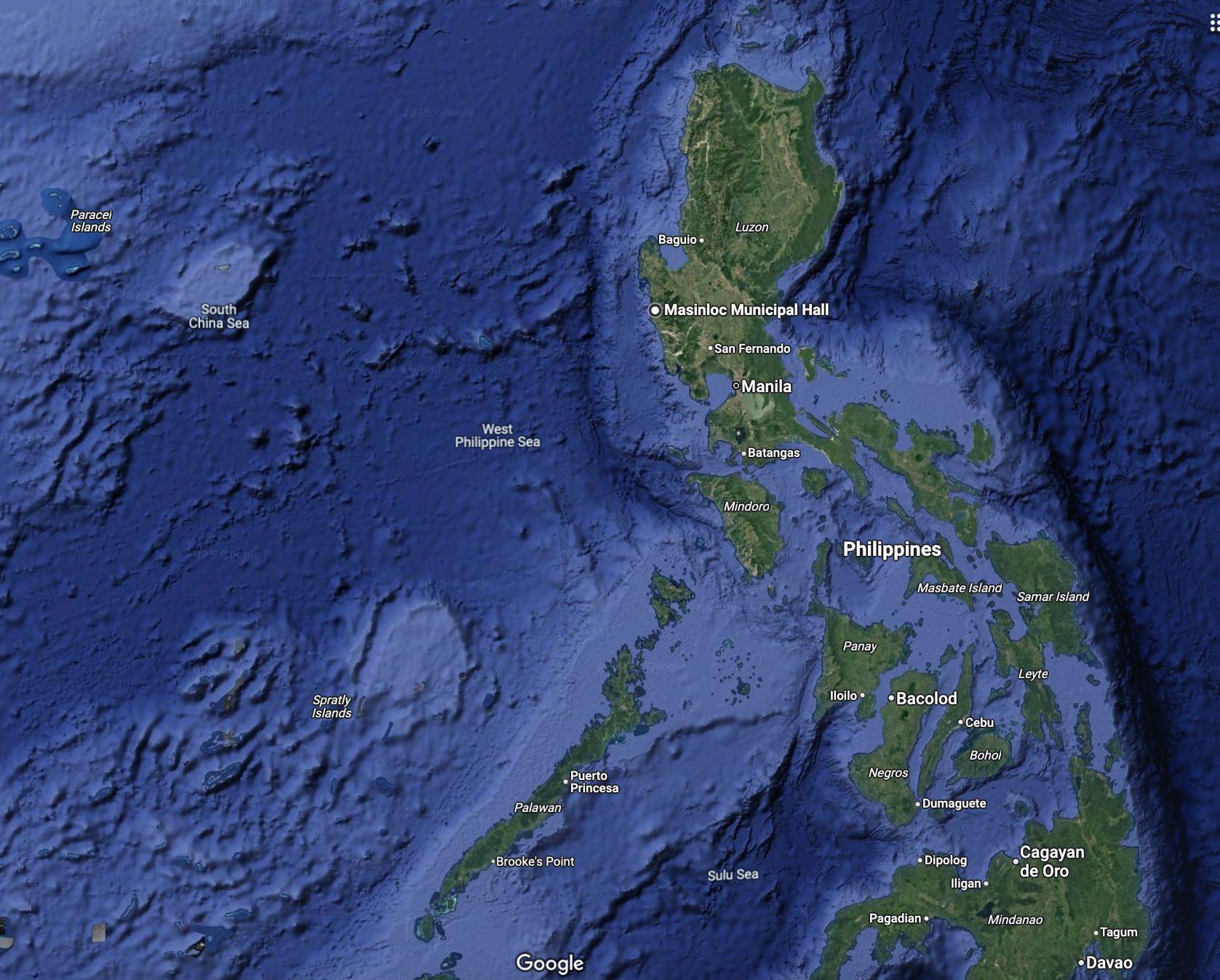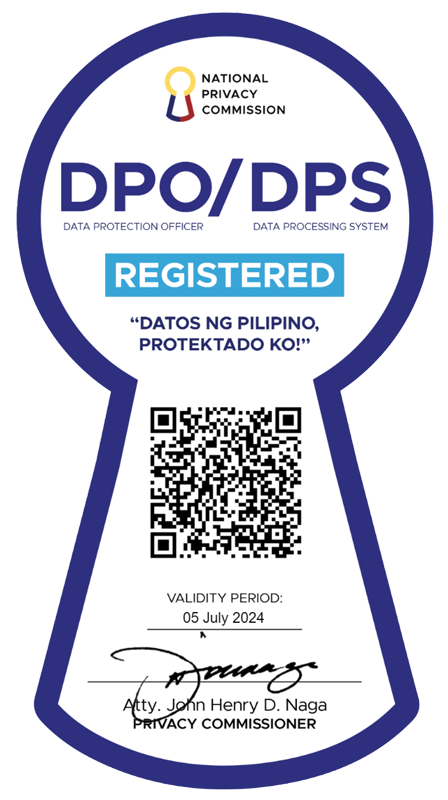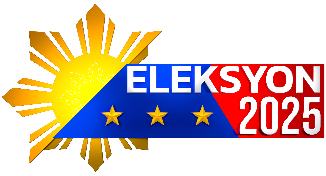Google: West Philippine Sea in map 'made easier to see'

Google said West Philippine Sea has always been on Google Maps but the label has recently been made "easier to see."
This was Google’s explanation after the West Philippine Sea label on Google Maps was reported on Tuesday.
“The West Philippine Sea has always been labeled on Google Maps. We recently made this label easier to see at zoom levels,” Google said in a statement.
Earlier, a Google Maps search on the Scarborough or Panatag Shoal, a common fishing ground within the Philippines’ 200-nautical miles exclusive economic zone, showed it is lying within the body of water identified as West Philippine Sea.
In 2012, the Philippines, during the administration of former President Benigno Aquino III, officially named areas on the western side of the archipelago as the West Philippine Sea.
Administrative Order No. 29, signed on September 5, 2012 declares: "The maritime areas on the western side of the Philippine archipelago are hereby named the West Philippine Sea. These areas include the Luzon Sea as well as the waters around, within and adjacent to the Kalayaan Island Group and Bajo De Masinloc, also known as Scarborough Shoal."
Speaks clearly of PH ownership
TRABAHO party-list lauded Google's move saying the size of the label matters "as it speaks clearly of our ownership and rights – atin ang West Philippine Sea - and the international community can see that as well."
"As an advocate for policies that create sustainable, long-term employment for Filipinos, we believe that by strengthening the nation’s rights in the WPS, the government can open up new industries that will employ thousands of skilled workers," TRABAHO spokesperson Atty. Mitchell-David Espiritu.
"We must be proactive in preparing our workforce for the future, and so we really welcome this Google Map update. By asserting our sovereignty— it’s about ensuring that existing and future generations of Filipinos can benefit from the wealth and resources in our own waters," he added.
In 2016, the Permanent Court of Arbitration in The Hague ruled in favor of Manila over China's claims in the South China Sea, including areas inside the Philippines' EEZ.
The decision also ruled that the Ayungin Shoal, the Spratly Islands, Panganiban or Mischief Reef, and Recto or Reed Bank are within the Philippines’ EEZ.
Further, the Hague court outlawed Chinese aggression in the Philippines’ EEZ by stating that Scarborough Shoal, a rich fish resource, is a common fishing ground.
China, however, has refused to recognize the court ruling to this day and is undeterred in deploying aggression against Philippine vessels and personnel, including firing water cannons and ramming Filipino-manned coastguard and fishing vessels. —VAL, GMA Integrated News





